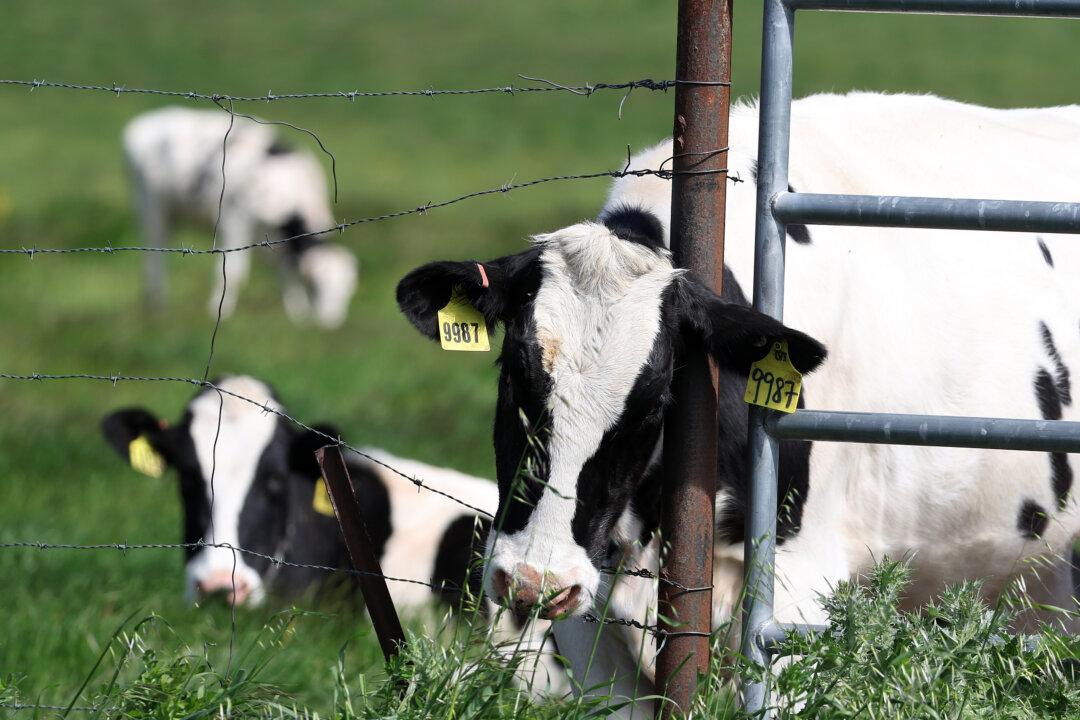Agricultural workers have discovered bird flu in more than three dozen California cow herds in the past month, according to a report issued Sept. 20 by the U.S. Department of Agriculture (USDA).
California is one of 14 states to confirm finding the virus in dairy cows since March. The state reported cases found in 40 herds. In the last 30 days, Idaho and Michigan have also reported finding the virus in a single cow herd each, according to the USDA.





